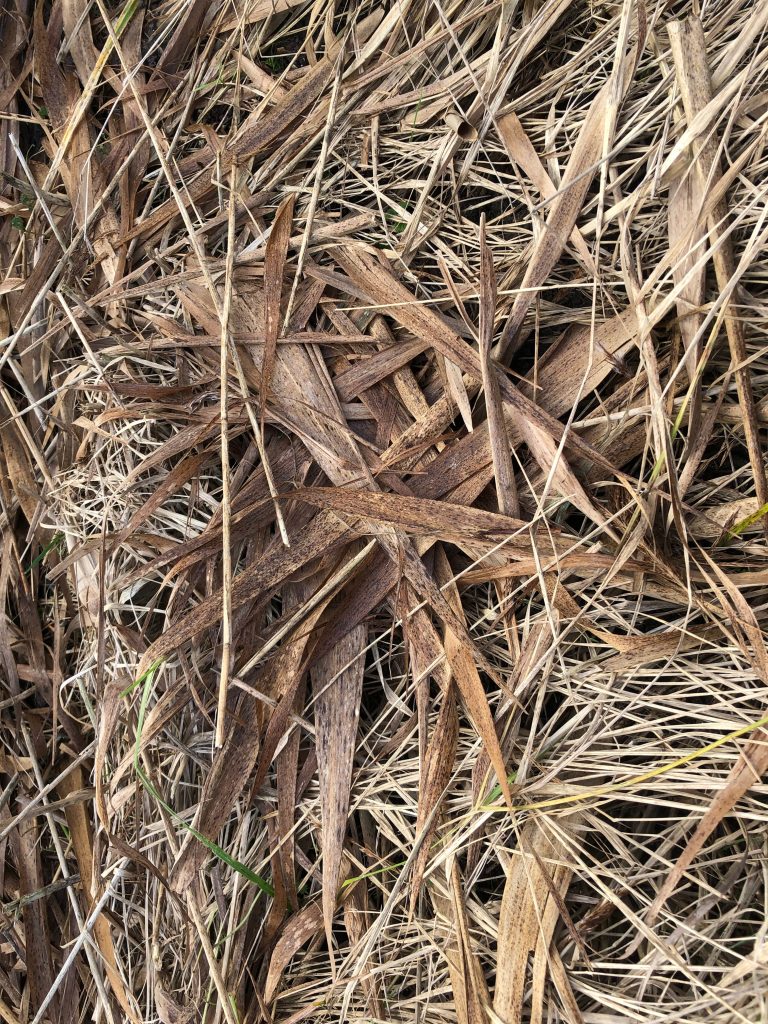
On Thursday, March 28, 2024, the SUSTAIN research will be concluded with a public closing symposium. A varied program will look back on the research, discuss key insights and look ahead: how do we make lasting space for the arts and who has what role to play in it?
What role can art play in achieving systemic change? In imagining and shaping a sustainable economy? In exposing flaws and telling alternative stories? Can art lead with experimentation in a just and inclusive society? Does it know how to steer technological innovations in a new direction?
Expectations of what art can do in spheres other than the art world itself are sometimes high. For example, when we claim that art can be the engine of innovation and reflection.
But experience shows: art is no panacea. Not everyone sees or recognizes the added value of art in transition issues. And when art does come to the table, we do not always manage to make the disruption work.
In the SUSTAIN research we have been looking at the role of Spacemakers in recent years: organizations that make space for art in places where that space cannot be taken for granted.
Spacemakers see the potential of art but also know that realizing that potential requires work. Their work.
As part of SUSTAIN, researchers Jacco van Uden, Kim Caarls (De Haagse Hogeschool) Godelieve Spaas, Marga Rotteveel and Olga Mink (Avans Hogeschool) examined how Spacemaking practices are shaped by different organizations:
Why do Spacemakers do what they do?
What do they see as the promise of art outside the arts?
Specifically, how do they go about making space for art?
How do Spacemakers deal with the tensions that arise when art gets involved in non-art matters and vice versa?
How do Spacemakers deal with the complex question of the added value or impact of art and of themselves as space makers?

